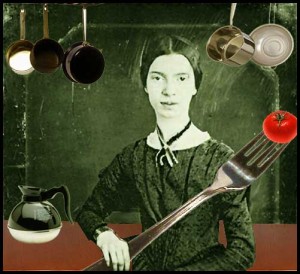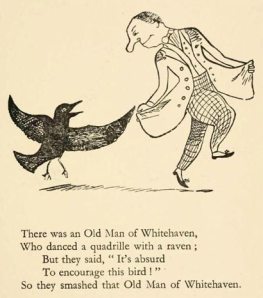You are currently browsing the category archive for the ‘Creative Writing’ category.
 Loving David Peterson’s Muppet adaptation artwork, as featured in Lauren Davis’s article on io9 “Muppets illustrations reenact classic tales and legends”. These would be great to use for class- so playful and clever. They would be a wonderful springboard for many activities, conceptual and artistic.
Loving David Peterson’s Muppet adaptation artwork, as featured in Lauren Davis’s article on io9 “Muppets illustrations reenact classic tales and legends”. These would be great to use for class- so playful and clever. They would be a wonderful springboard for many activities, conceptual and artistic.
 io9 writer Lauren Davis reports on illustrator the Gorgonist’s, aka Robin Kaplan, concept art in her article “Fancy girls dress up as Droids, Daleks, and Death Stars”. These playful and smart pieces are available on Etsy.
io9 writer Lauren Davis reports on illustrator the Gorgonist’s, aka Robin Kaplan, concept art in her article “Fancy girls dress up as Droids, Daleks, and Death Stars”. These playful and smart pieces are available on Etsy.
For class, I think these pieces will serve as incredible models and inspirations for student work: adaptations and fusions, illustrated and writing.
Nelly Lambert writes an interesting piece on her scholarly work about Emily Dickinson. Apparently she was quite the baker, and this hobby leaked into her poetry. “A Coconut Cake From Emily Dickinson: Reclusive Poet, Passionate Baker“

Gerard van Schagen, 1689; http://www.flickr.com/photos/caveman_92223/3185534518/
I love maps inscribed in the beginning of books. Many fantasy books have them. They explode the imagination with new worlds and horizons.
The BBC has a piece on their website “The Beauty of Maps”. There are a range of maps, e.g., historical, digital.

how to work better; http://www.flickr.com/photos/wheatfields/292972359/
I was thrown off balance when a Head of Middle School showed me a neatly laminated 3′ x 2′ poster that may or may not have been titled “The Writing Process” and asked me for my thoughts. The reason I forget is significant: the poster was forgettable- not the least bit sticky. Well I lied, I remember the green border and the green tiger separated with its own palatial blank white territory. They had nothing to do with the writing process.
He said the school was standardizing the writing process and would be hanging these posters in all the classrooms. I’m not sure who designed the poster, but I don’t think it was a writer. My mind streamed with improvements that could be made-
Problems with the Poster
- There are not always 5 steps (brainstorm, outline, draft, edit, final composition) in the writing process
- People use different processes
- The process is not linear and neat like a list
- Lacked relevant and inspiring visuals
- Font all the same style and color, nothing pops
- A poster does not teach a person to write
- It wasn’t student-centered and created
Improvements
- Create a project for students, perhaps a unit “Writing Processes”
- Students research writing processes, e.g., writing processes used by favorite or notable author; writing processes used by self and friends; improvements they would make, and present to class and perhaps school
- Create a board in the classroom for Writing Tools and Processes, students can post and organize ideas
- Address the writing processes they used for this project and how they figured out how to do it, e.g., trial and error, experience, tips, Internet, books, teacher, friends, parents
Video by Pi Day.org. It’s 3 / 14 and Albert Einstein’s birthday.
Pi-ku Rules:
— First line: 3 syllables
— Second line: 1 syllable
— Third line: 4 syllables
NPR ‘s Weekend Edition Saturday played an interesting piece about Alice in Wonderland– “The Mad Hatter’s Secret Ingredient: Math.”
Guy Keith Devlin tells NPR’s Jacki Lyden, “The Author Lewis Carroll was also a math teacher in Oxford, England, and mathematicians say the Alice books are full of algebraic lessons — such as why a raven is like a writing desk…That particular scene — and lots of other scenes in Alice in Wonderland — were a reflection on the increasing abstraction that was going on in mathematics in the 19th century.”
This is an excellent jumping point for class discussion, writing, and art.
I’ve been reading Teaching The Best Practice Way:Teaching The Best Practice Way: Methods That Matter, K-12 by Harvey Daniels and Marilyn Bizar.
One method teachers can use to simplify writing assignments is to divide them into 2 categories: Journal and Genre.








